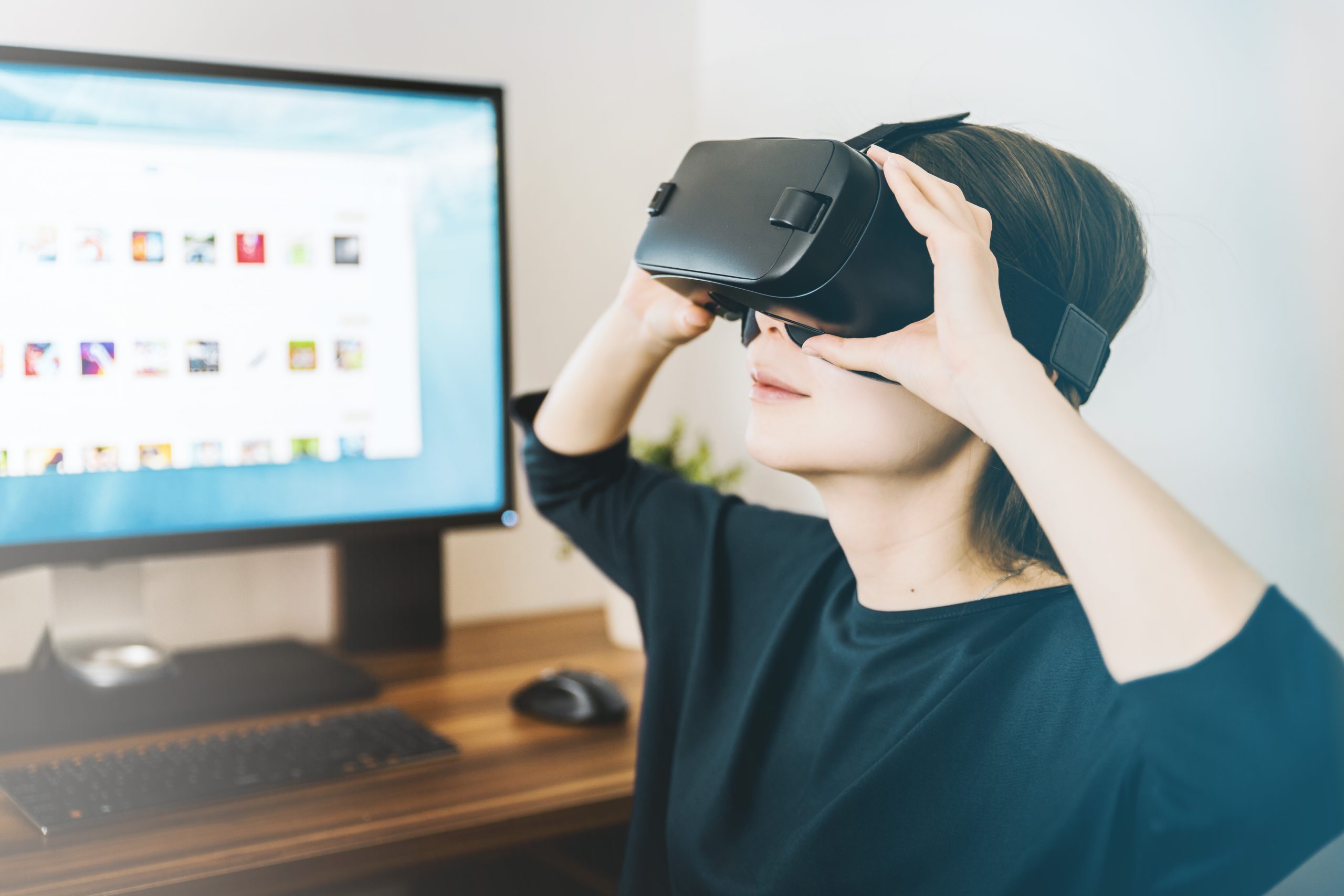Motivation and memory: Virtual reality in ESL

Virtual reality (VR) may seem like something from a science-fiction movie: out of reach and too fantastic to contemplate. Its use in various fields is, however, more and more ubiquitous, and its impact on memory and well-being is increasingly documented.
The introduction of affordable hardware and free smartphone apps has allowed VR to become accessible in education, and the release of Google’s ‘Expeditions’ app allows students to take virtual field trips to just about anywhere on the planet, while simultaneously learning about the chosen place. For ESL students, this has implications for language learning, specifically with regard to motivation, memory and retention.
Michelle Cowan’s article ‘Virtual reality in ESL’ has recently been published in the English Australia Journal. You can read it in full here (p.g 57-61). Keep reading below for a summary of the key ideas.
What is Expeditions?
In 2016 Google released Expeditions, an app designed to bring the world to the classroom, and enhance the learning experience. Expeditions requires a smartphone with the app downloaded, a router and cardboard VR viewers. These viewers are inexpensive and can be purchased online.
Expeditions consists of virtual field trips to different places of interest around the world. Each expedition comes with a series of images, and each image has accompanying research. The teacher selects an expedition and downloads it prior to the lesson, and then ‘leads’ an expedition from a tablet or phone, and the students ‘follow’. The teacher then has access to the research, and can choose what information to use during the expedition. All this is done with the use of VR viewers, allowing the learners to be in an immersive space, but still interacting with the teacher and each other.
Practical ideas: Expeditions and ESL students
I used Expeditions in the Adult Migrant English Program (AMEP) classroom with students studying for the Certificate III in Spoken and Written English. Before starting, I made sure that most students in the class had a smartphone and were able to download the app. Those whose phone did not support the app (a minority) were encouraged to share with another student, or use my phone.
Within the AMEP classroom, we used Expeditions in the following ways:
In every instance of VR mentioned above, the students were engaged and motivated. They reported never having learned in this way before, believed that it aided their retention and interest, and came away from the experience enthused and eager to learn more. It has been observed that VR promotes learning in the sense that students understand the subject matter much better than if they were seeing two-dimensional images (Sala, 2016), and that due to its experiential nature it is a multi-sensory experience, enriching learning by fostering curiosity (Connolly, 2005).
Beyond Expeditions
Expeditions is by no means stand-alone in the field of emerging VR apps, however. There are now quite a few different, inexpensive and user-friendly ways VR can be used in the second language classroom. Apps such as ‘Within’ have 360-degree videos with accompanying spoken information, similar to short documentaries. ‘Virtual Speech’ is an app which allows users to put themselves in business meetings, seminars or interviews, and practise what they would say. ‘Cardboard Camera’ allows users to take 360-degree photos with audio which can then be viewed with a VR viewer; and ‘VeeR’ is the social media of virtual reality, allowing members to upload content for viewing and sharing.
Next steps
Although virtual reality is a growing field in primary and secondary education, its entrance into adult ESL has been fairly limited. This is due to a variety of factors, the first and foremost being a lack of awareness accompanied with an understandable level of incredulity or fear around this new technology. VR is either largely unknown, or seen as lacking in educational value due to preconceptions about it being a lone experience, or a game. It is seen as too expensive or too difficult to set up, and there is the ever-present fear that technology will fail and disrupt the lesson.
While VR is not without its hurdles – mostly due to connectivity issues or older model phones not supporting the apps – these hurdles can be overcome with careful preparation, asking learners to share devices where necessary, and trusting that students of the digital age want and need content like this. These learners represent a new cohort who are not just tech-savvy, but tech-dependent. VR has the power to transform and enrich the second-language classroom, redefine content delivery, and inspire, engage and empower learners.
To continue the conversation, contact Michelle Cowans, or share your thoughts and ideas via Yammer, Twitter or LinkedIn.
References
- Connolly, P. E. (2005). Virtual reality and immersive technology in education. International Journal of Information and Communication Technology Education, 1(1), 12–18.
- Sala, N. M. (2016). Virtual reality and education: Overview across different disciplines. In D.H. Choi, A. Dailey-Herbert & J. Simmons Estes (Eds.), Emerging tools and applications of virtual reality in education (pp. 1–25). Pennsylvania: IGI Global.
